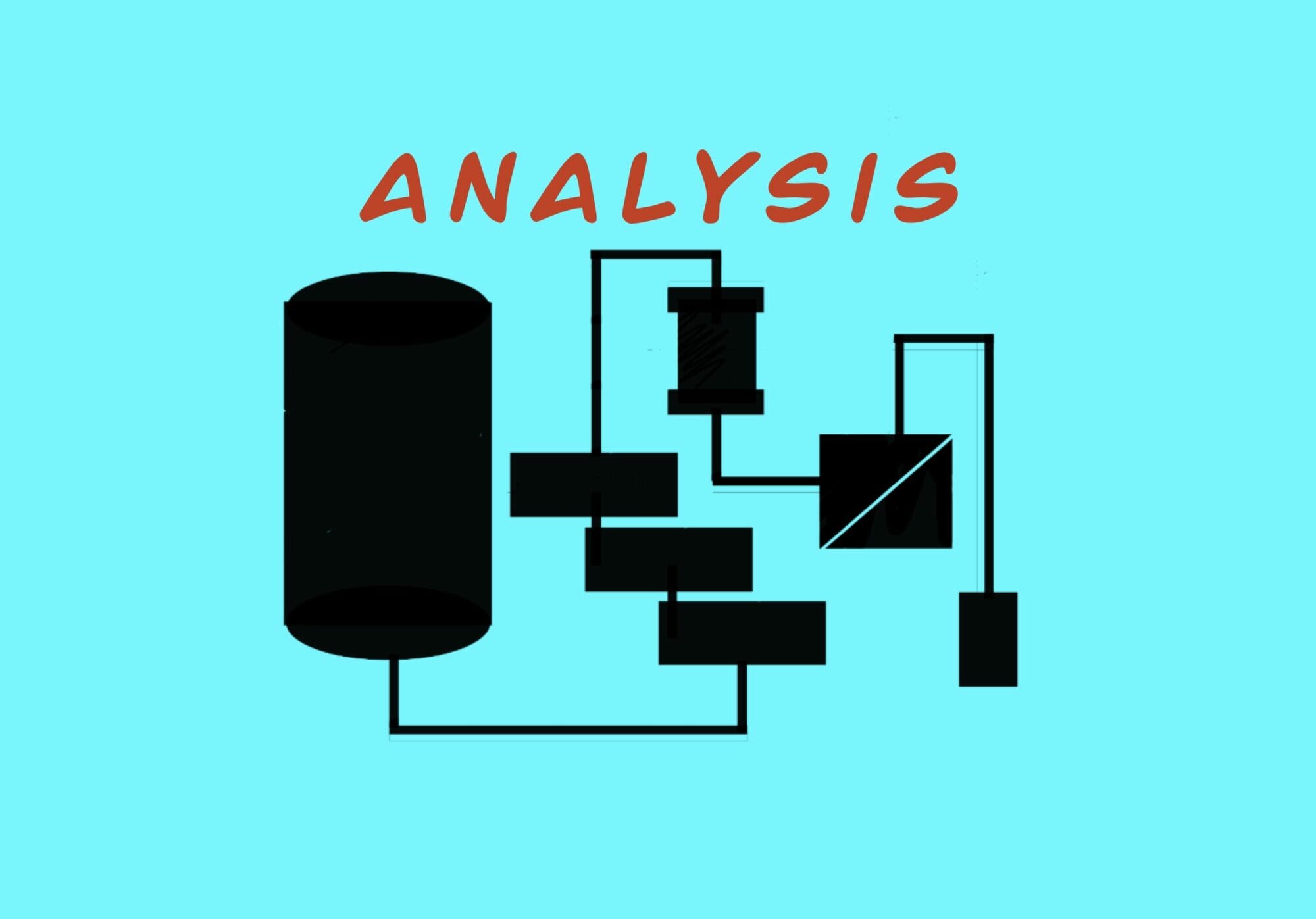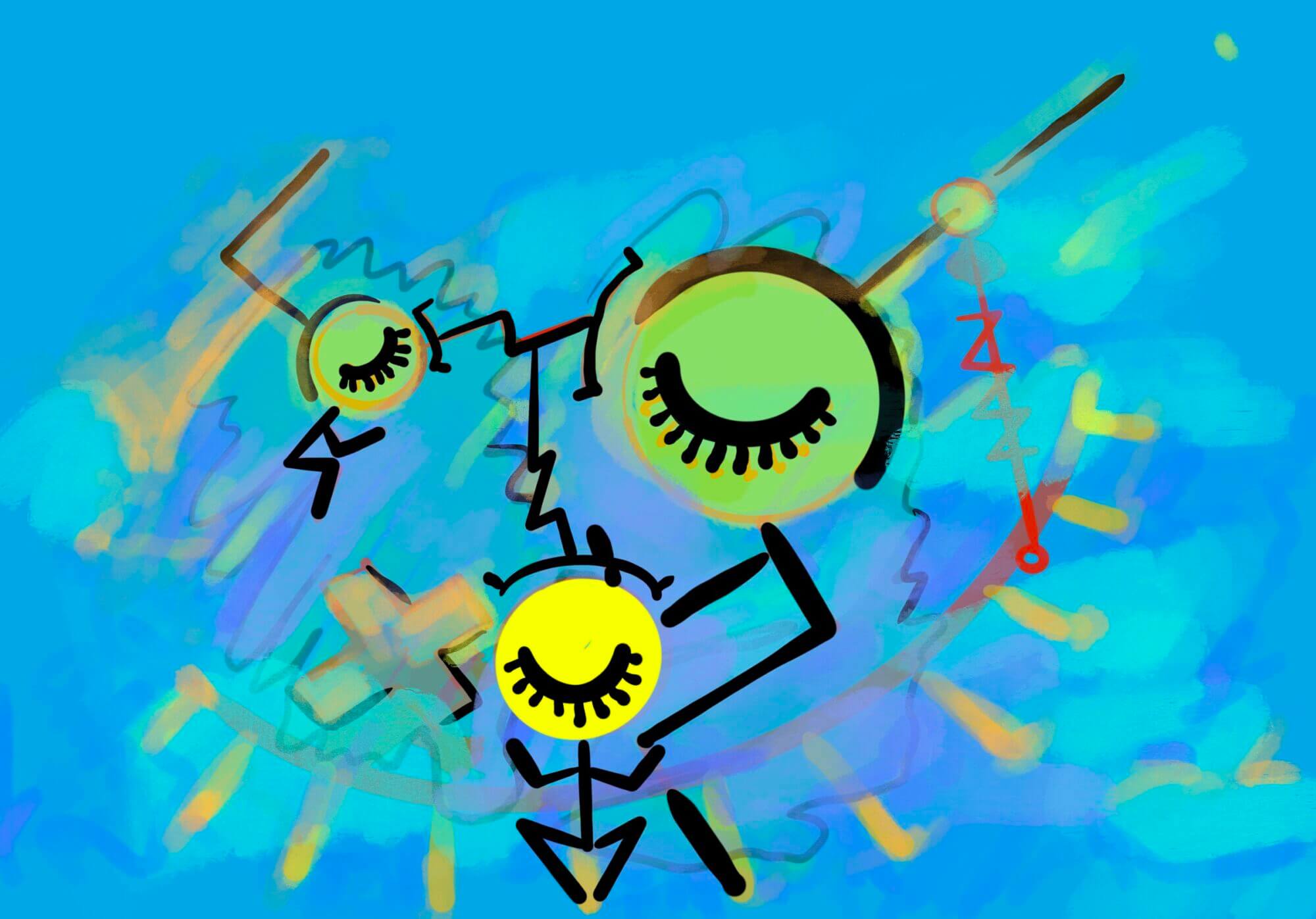カテゴリー: BIOLOGICS
-
[用語] GP-HPLC ; Gel Permeation High Performance Liquid Chromatography – 液体中の成分の分析技術
gel permeation high-performance liquid chromatography
投稿者

-
[Bio-Equip] Deep Freezer; 超低温保管庫 – ID9756
Post Views: 697 Bio-Equipment はじめに 超低温保管 バイオロジクスを研究・製造す…
投稿者

-
[用語] IO投与 ; 骨髄内投与 ; 骨内投与 ; intraosseous infusion
Post Views: 672 IO投与 ; 骨内投与 ; Intraosseous infusion 投与経…
投稿者





